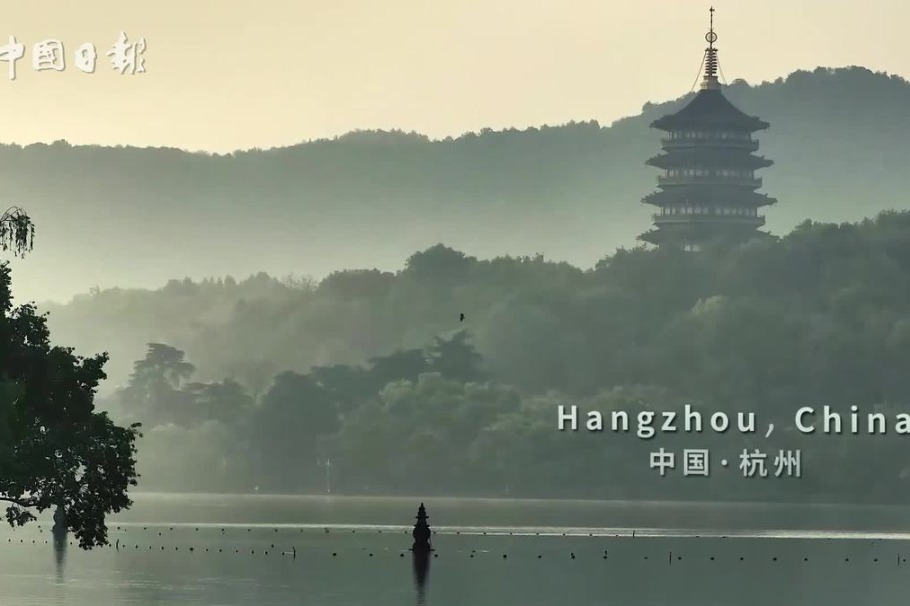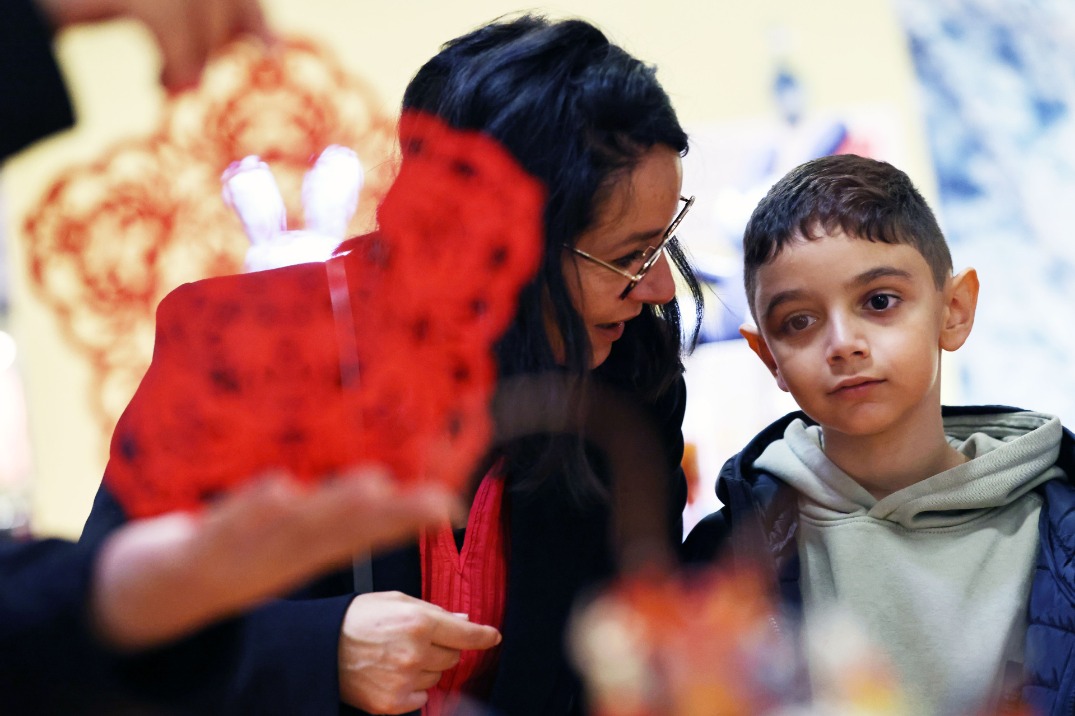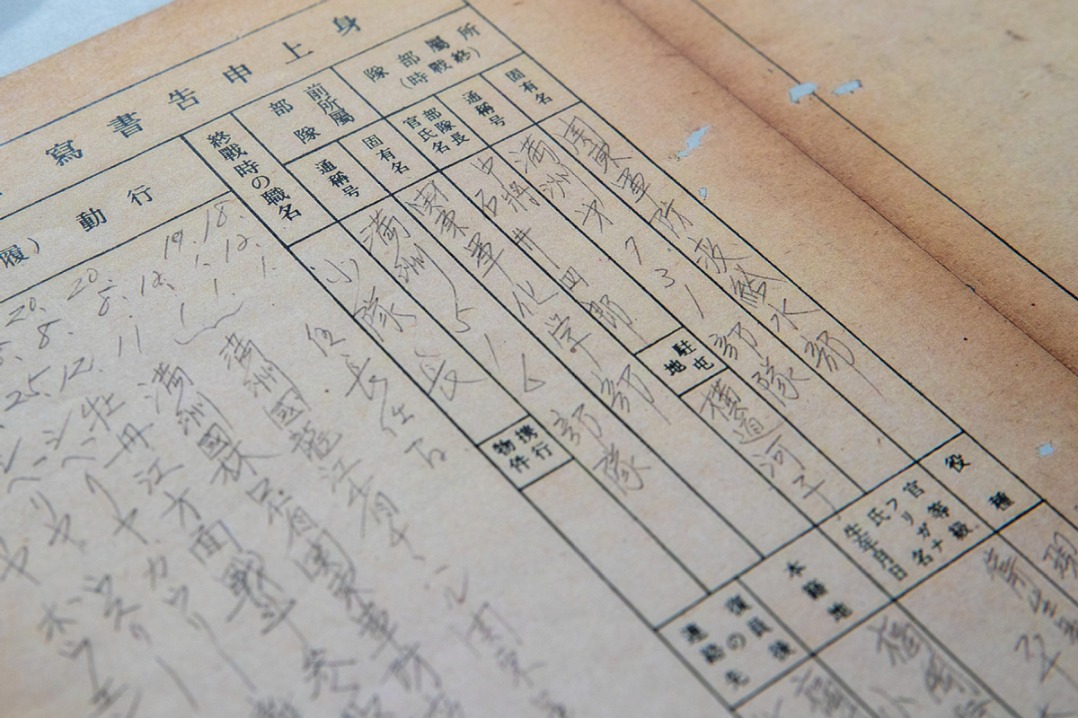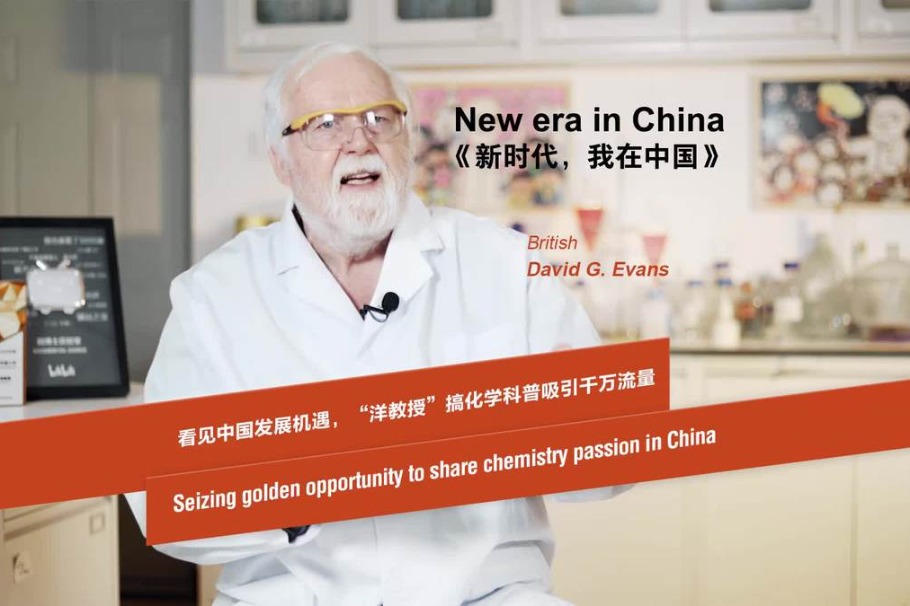Herdsmen help to protect grassland
By YANG ZEKUN in Tongliao, Inner Mongolia | China Daily | Updated: 2021-06-07 09:38
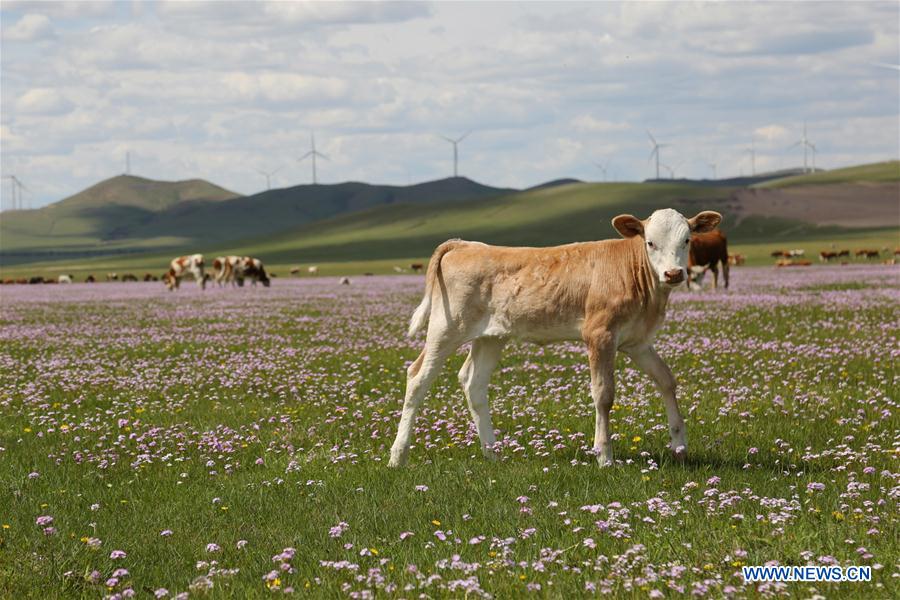
As spring arrived on the grassland last month, herdsman Khongorbaatar's first task of the day after waking around 6 am was to check his 160 newly born calves and his family meadows.
Khongorbaatar, from Jaruug Banner, Tongliao, Inner Mongolia autonomous region, said that thanks to new centralized cattle-raising methods designed to restore grassland, the number of calves born each year keeps increasing, earning him about 2 million yuan ($312,000).
The same pasture used to raise about 1,000 sheep and 300 cattle, with a gross income of about 1.4 million yuan a year. But there was not enough grass to eat, and the 45-year-old said buying forage cost him nearly 1 million yuan a year.
In 2014, Khongorbaatar and his brother and sister set up a modern ranch, merging their families' 667 hectares of pastures, which allowed them to increase mechanization and cut costs.
In response to a government call to reduce the number of sheep and increase the number of cattle to make the raising of livestock more sustainable, Khongorbaatar sold all his sheep in 2017 and began to raise cattle.
Sheep often eat grass down to the roots, causing desertification, whereas cattle only eat the top part of the grass, he said, adding that cattle dung is good for grass growth and ecological restoration.
Khongorbaatar has witnessed a marked improvement in the environment, recalling that every spring, for as long as he could remember, strong winds used to blow the sand and turn the sky yellow.
The situation began changing for the better about a decade ago due to measures taken by the government and herdsmen to tackle overgrazing and the destruction of grassland, and restore the damaged environment.
"We have been living on the grassland for generations, and the grassland is where our roots are, so we also want to keep it green," Khongorbaatar said.
"In recent years, due to changing from free-range grazing, grassland vegetation has been restored and the time needed to herd livestock has been shortened as well."
Unen, deputy head of the banner, said that for a long time, management was backward, the price of cattle was low, feeding them was expensive and the number of cattle and sheep was quite high, resulting in great pressure on the grassland.
The government decided to change the banner's development model and seek a way to balance environmental protection and livestock raising, he said.
The banner now has 1.1 million hectares of grassland, with grazing forbidden on 45 percent of it. The government encourages herdsmen to improve the quality of their livestock and develop various businesses based on grassland culture, Unen said.
Relying on the beautiful grassland scenery and distinctive ethnic cultural activities, Khongorbaatar developed an ecotourism business at his ranch in 2017 that attracts about 10,000 visitors a year. Although the COVID-19 epidemic affected tourism last year, the ranch's tourism revenue reached about 200,000 yuan.
China has prioritized environmental protection and sustainable development, with the National Human Rights Action Plan (2016-20), issued by the State Council Information Office, highlighting an environmental right as a significant basic right.
The plan required efforts to address pressing environmental problems such as air, water and soil pollution, with the aim of overall improvement of the environment.
Tuquan, a county in Inner Mongolia's Hinggan League, utilizes a circular economy model to protect the environment and promote sustainable development.
In the Tuquan Shuguang Modern Agricultural Circular Economy Park, a company raises cattle in an intensive way, plants forage crops and also buys the stalks of harvested food crops from local farmers to feed the cattle, said Zhu Dejun, head of the park.
Cattle dung is collected and used as a raw material for an organic fertilizer enterprise in the park or put into the farmland as manure to encourage the growth of fodder and food crops, Zhu said.
"We put the waste resources into recycling, reduce pollution of the environment and bring some income to local farming enterprises and farmers," he said. "The organic fertilizer can improve soil quality."
The environmental right is a basic and important human right, and everyone needs a high-quality environment, said Li Yunlong, a professor with the Party School of the Central Committee of the Communist Party of China.
Environmental protection is the premise and precondition of sustainable development, he said.
Yuan Hui contributed to this story.





